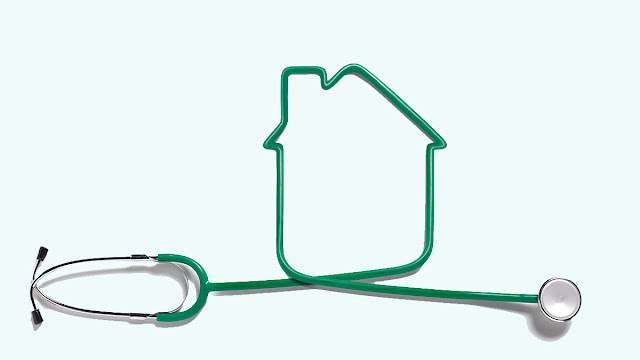Health Data Privacy: Why Eroding Public Trust Harms Medical Research

Using Data Privacy to Empower Health Research The importance of data security and data privacy policies have recently come under scrutiny due to revelations around Google’s Project Nightingale. The initiative with Ascension, the nation’s largest nonprofit health system, granted Google access to medical records of more than 50 million individuals in 21 states and may hinder the trajectory of health discovery by eroding “consumer” trust. While historically it might have been a safe harbor to stay within the letter of the law, consumer sentiment around health data privacy, control, and opportunity has shifted dramatically in the last year. The biggest challenge affecting the sharing of individual data is the establishment of trust between the individual and the researcher. Mistrust has developed as a result of the unethical and/or unconsented use of data for research purposes – like the cases of HeLa cell line creation, and the Tuskegee and Havasupai studies –...










